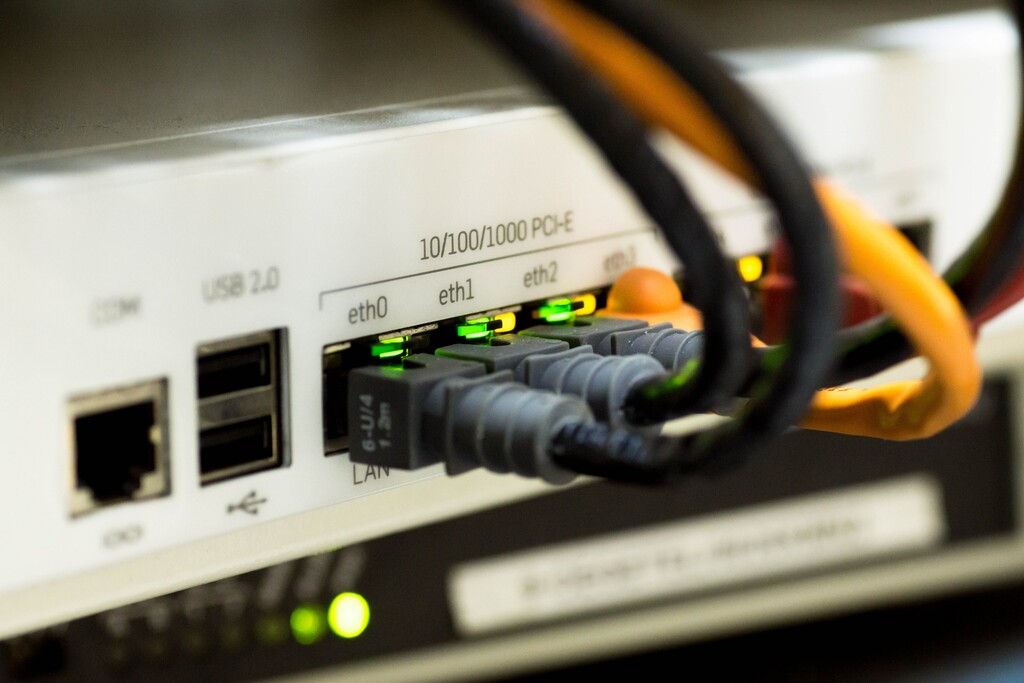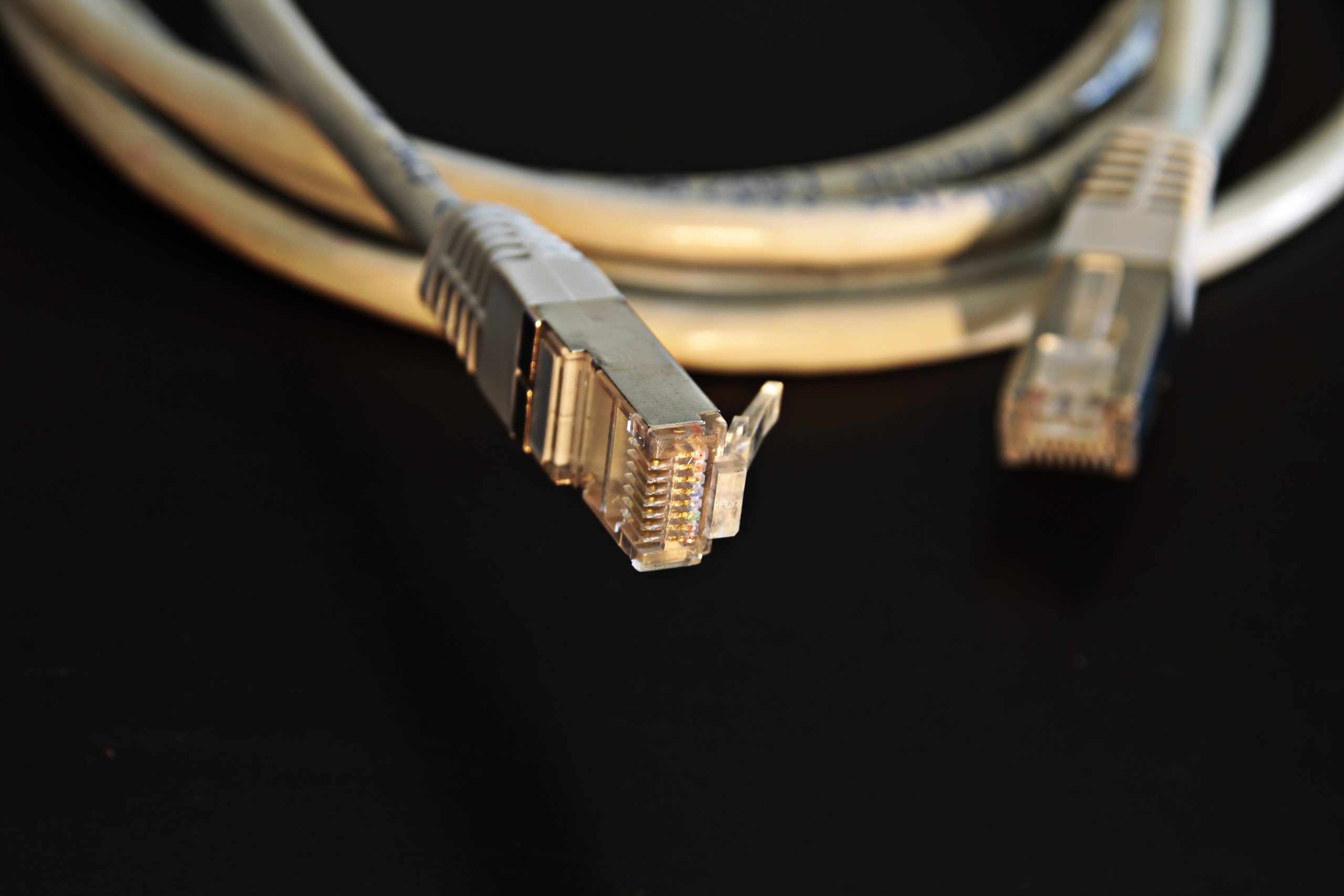Ethernet cabling is an essential component of today’s network infrastructure, providing the backbone for high-speed data transmission. Over the years, advances in technology have resulted in the development of new and improved Ethernet cabling standards, with Category 5 Enhanced (Cat.5e), Category 6 (Cat.6) and Category 7 (Cat.7) being the most widely used.

Cat.5e was first introduced in 1999 as an upgrade to the original Category 5 (Cat.5) standard. It improved upon the previous standard by offering faster data transmission speeds of up to 100 Mbps, as well as improved noise immunity. This made it ideal for use in environments where multiple data streams were being transmitted simultaneously. Cat.5e remains a popular choice for many networks due to its affordability and reliable performance.
Cat.6 was introduced in 2002 and represented a significant improvement over Cat.5e. It offered faster data transmission speeds of up to 10 Gbps and improved noise immunity, making it suitable for use in more demanding network environments. Additionally, Cat.6 cabling is capable of supporting high-bandwidth applications such as video conferencing and multimedia streaming. The higher data transmission speeds and improved noise immunity of Cat.6 cabling made it a popular choice for organizations looking to upgrade their network infrastructure.
Cat.7, the latest and most advanced Ethernet cabling standard, was introduced in 2002. It offers data transmission speeds of up to 100 Gbps, making it suitable for use in the most demanding network environments. Additionally, Cat.7 cabling features improved shielding, which helps to reduce the impact of electromagnetic interference (EMI) and radio frequency interference (RFI). This results in improved signal integrity and reduced downtime, making it an attractive option for organizations looking for a future-proof network infrastructure.

When choosing between Cat.5e, Cat.6, and Cat.7 Ethernet cabling, it is important to consider the specific needs of your network. For smaller networks, or those with relatively simple data transmission requirements, Cat.5e may be sufficient. For more demanding networks, or those that require support for high-bandwidth applications, Cat.6 or Cat.7 may be the better choice. It is also important to note that while Cat.7 offers the fastest data transmission speeds, it is also the most expensive option.
In conclusion, the advancements in Ethernet cabling standards have been significant, with each new standard offering improved data transmission speeds and noise immunity. Choosing the right Ethernet cabling solution for your network requires careful consideration of your specific needs, as well as an understanding of the various options available. Whether you opt for Cat.5e, Cat.6, or Cat.7, investing in high-quality Ethernet cabling is a key component of a robust and reliable network infrastructure.

